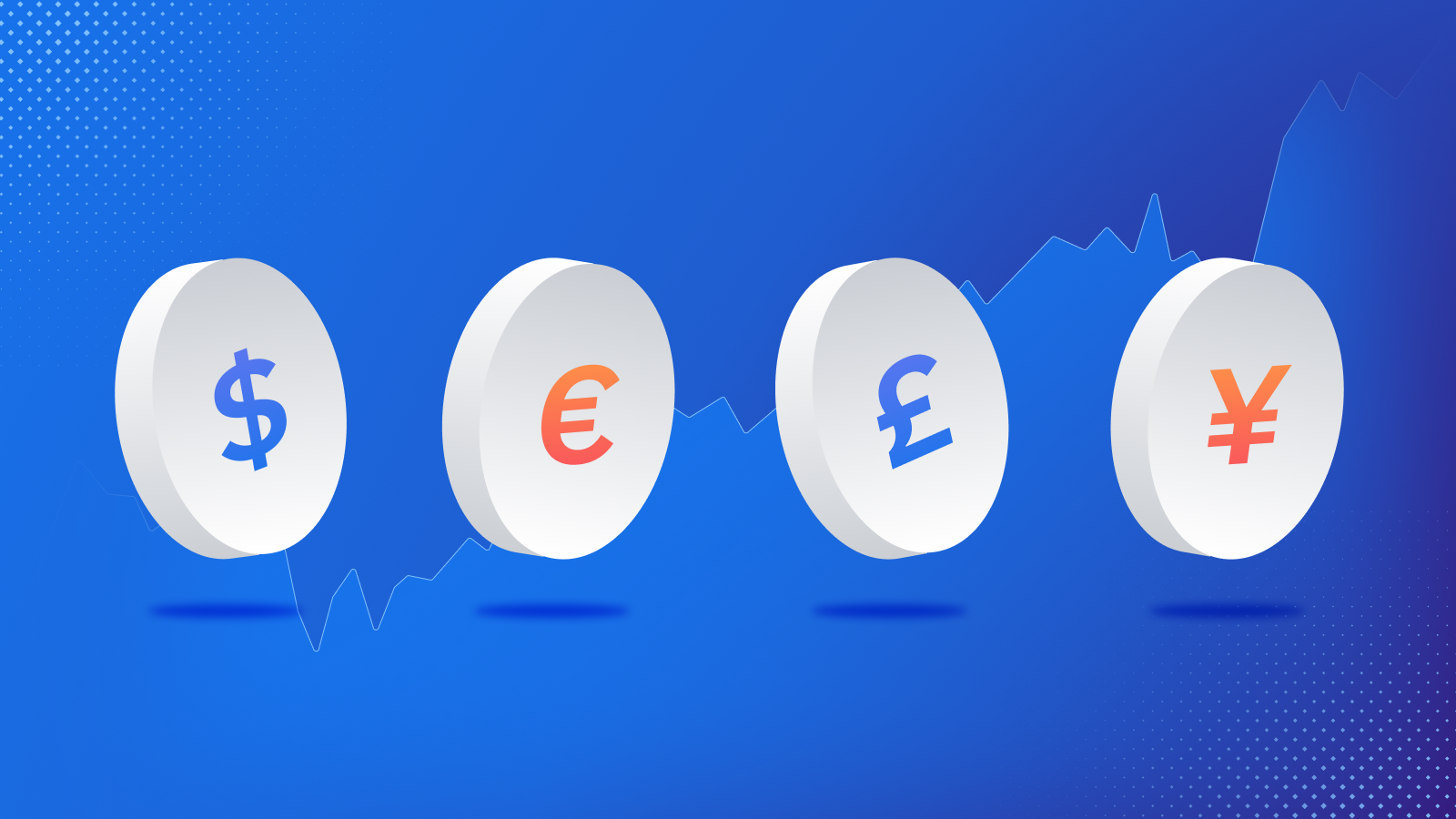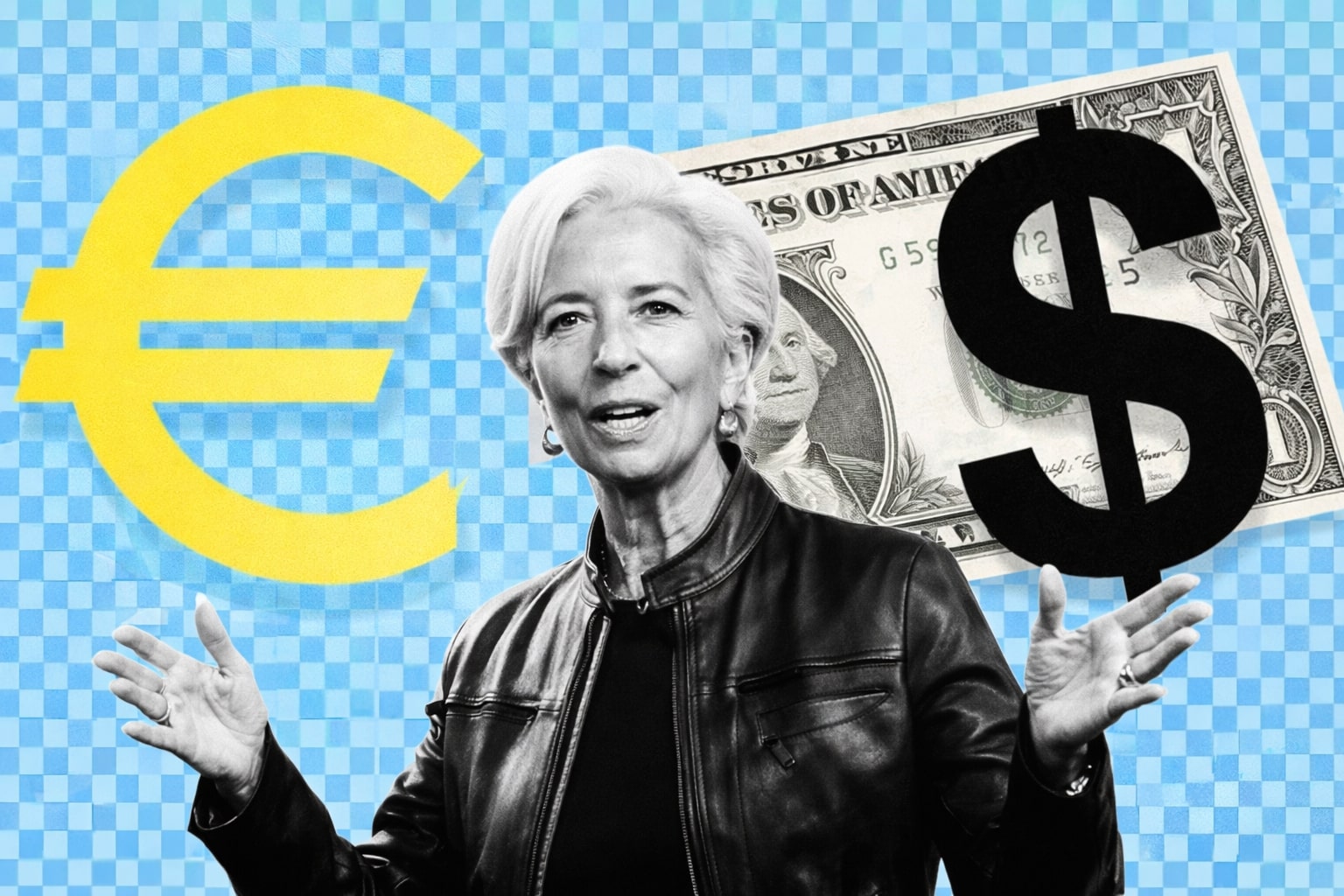
How forex trading works
forex trading for beginners
The foreign exchange market (Forex or FX) is a global market for the trading of currencies. It is the largest financial market in the world, with a daily trading volume of over $5 trillion. The market is open 24 hours a day, five days a week, and currencies are traded globally among the major financial centers of London, New York, Tokyo, and Sydney.
In the forex market, currencies are traded in pairs. The value of a currency is determined by its exchange rate with another currency. For example, the EUR/USD pair represents the value of the euro (EUR) in terms of the US dollar (USD). If the exchange rate of the EUR/USD pair is 1.20, it means that one euro is worth 1.20 US dollars.
Forex traders aim to make profits by buying currencies at a lower exchange rate and selling them at a higher exchange rate. The value of currencies can be affected by a wide range of economic and political factors, including interest rates, GDP growth, inflation, and political stability.
Forex trading can be done through a broker or through a bank. Retail traders can access the forex market through online brokerages, which provide access to the market through trading platforms and educational resources.
The forex market is highly liquid, meaning that it is easy to buy and sell currencies quickly. It is also highly volatile, meaning that the value of currencies can change rapidly. This volatility can create opportunities for traders to make profits, but it also means that there is a high level of risk involved in forex trading. Therefore, it's important for traders to have a solid understanding of the market and the factors that can affect currency prices before entering the market.
The spot market in forex trading refers to the buying and selling of currencies at the current market price, also known as the "spot rate." The spot market is the most common and liquid market for trading currencies, and it is where most retail traders participate in the forex market.
In a spot forex transaction, the trader agrees to buy or sell a currency pair at the current spot rate, with settlement typically taking place within two business days. This is in contrast to the forward and futures markets, where the settlement takes place at a future date and at a pre-agreed price.
Spot market
The spot market is highly liquid, meaning that it is easy to buy and sell currencies quickly, and the prices are constantly changing based on supply and demand. The spot market is also decentralized, meaning that it operates independently of any central exchange. Instead, it is made up of a network of banks, financial institutions, and other market participants that trade currencies directly with each other.
Traders in the spot market use a variety of strategies to make profits, including buying and holding currencies, day trading, and scalping. However, it is important to note that the spot market is highly volatile, and traders must be well-informed and have a solid risk management plan in place to succeed.
Forwards and future market
The forward and futures markets are both derivative markets, which means that the value of the contracts traded in these markets is derived from the underlying asset, which in this case is a currency. These markets allow traders to speculate on the future price movements of currencies, and to hedge against currency risk.
In the forward market, a currency is bought or sold at a pre-agreed rate, with settlement taking place at a future date. This is different from the spot market, where settlement takes place within two business days. The forward market is typically used by large institutions, such as corporations and hedge funds, to manage currency risk.
The futures market is similar to the forward market, but the contracts traded in the futures market are standardized and traded on an exchange, whereas forward contracts are customized and traded over-the-counter. Futures contracts have a set expiration date, and the price of the contract is determined by the market price at the time of the trade.
Both the forward and futures markets allow traders to speculate on the future price movements of currencies, and to hedge against currency risk.
Terminology
The foreign exchange market (forex or FX) has its own set of terminology that may be unfamiliar to new traders. Here are a few key terms you should know:
-
Currency pair: The two currencies that are being traded in a forex transaction. For example, in the EUR/USD pair, EUR is the base currency and USD is the quote currency.
-
Exchange rate: The value of one currency in relation to another. For example, if the exchange rate of the EUR/USD pair is 1.20, it means that one euro is worth 1.20 US dollars.
-
Bid and ask: The bid is the highest price a buyer is willing to pay for a currency, while the ask is the lowest price a seller is willing to accept. The difference between the bid and the ask is known as the spread.
-
PIP: Short for "percentage in point," a pip is the smallest unit of price movement in a currency pair.
-
Leverage: The use of borrowed capital to increase the potential return of an investment. In forex trading, leverage allows traders to control large positions with a relatively small amount of capital.
-
Margin: The amount of money required to open and maintain a leveraged position.
-
Long and short: A long position is a trade that profits if the currency pair increases in value, while a short position is a trade that profits if the currency pair decreases in value.
-
Bullish and bearish: A bullish market is one where prices are expected to rise, while a bearish market is one where prices are expected to fall.
-
Stop loss: An order to automatically close a trade at a specific price, in order to limit losses.
-
Take profit: An order to automatically close a trade at a specific price, in order to lock in profits.
-
Trend following: This strategy involves identifying a trend in the market, and then buying or selling in the direction of that trend. The idea is to ride the trend until it shows signs of reversing. This strategy can be applied to any time frame, but is most commonly used on the daily and weekly charts.
-
Breakout trading: This strategy involves identifying key levels of support and resistance, and then buying or selling when the price breaks through these levels. The idea is to enter the market when the price has the most momentum, and to exit when the price begins to lose momentum.
-
Position trading: This strategy involves holding a position for an extended period of time, in the hope that the currency pair will move in the trader's favor. Position traders typically use fundamental analysis to make their trades, and they may hold their positions for weeks or even months.
-
Scalping: This strategy involves taking advantage of small price movements in the market, by entering and exiting trades quickly. Scalpers typically use technical analysis to make their trades, and they may hold their positions for just a few seconds to a few minutes.
-
News trading: This strategy involves taking advantage of the market's reaction to economic news releases and other events. News traders typically use fundamental analysis to make their trades and they may hold their positions for a short period of time.
Read More
-
NLR ETF at $145.21: Uranium, Nuclear Power and the AI Baseline Energy Trade
14.01.2026 · TradingNEWS ArchiveStocks
-
XRP ETF Demand Lifts XRPI, XRPR and Bitwise XRP as XRP-USD Defends $2.10 Support
14.01.2026 · TradingNEWS ArchiveCrypto
-
Natural Gas Price Forecast - NG=F Slides Toward $3 as Warm Winter Clashes With LNG Demand
14.01.2026 · TradingNEWS ArchiveCommodities
-
USD/JPY Price Forecast - USDJPY=X Climbs Toward 160 as Japan’s Debt Fears Clash With BoJ Hike Hopes
14.01.2026 · TradingNEWS ArchiveForex



















